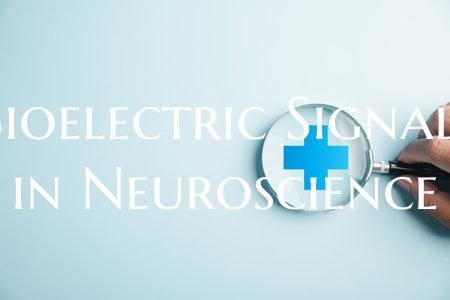
Bioelectric Signals in Neuroscience
Bioelectric Signals in Neuroscience
Bioelectric signals play a crucial role in neuroscience, shaping our understanding of how the brain communicates and functions. These signals are essential for facilitating communication between neurons, transmitting messages that control various physiological processes and behaviors. By studying bioelectric signals, researchers can uncover the complexities of the brain and develop treatments for neurological disorders.
Neurons, the building blocks of the nervous system, communicate with each other through bioelectric signals. These signals are generated by the flow of ions across the cell membrane, creating electrical impulses that travel along the neuron's axon. Through this process, neurons can transmit information rapidly and efficiently throughout the brain and body.
Electroencephalography (EEG) is a common technique used to measure bioelectric signals in the brain. By placing electrodes on the scalp, researchers can detect and record electrical activity, providing valuable insights into brain function. EEG is used in various fields, from diagnosing epilepsy to studying cognitive processes such as attention and memory.
Bioelectric signals also play a role in the development and regeneration of the nervous system. Electric fields can guide the growth of neurons and axons, influencing the formation of neural circuits during development and aiding in the repair of damaged nerves. Understanding how bioelectric signals contribute to neural plasticity opens up new possibilities for treating conditions such as spinal cord injuries and neurodegenerative diseases.
In conclusion, bioelectric signals are integral to the functioning of the nervous system and are essential for processing information and generating responses. By studying these signals, researchers can deepen their understanding of brain function, paving the way for novel therapies and interventions in the field of neuroscience.